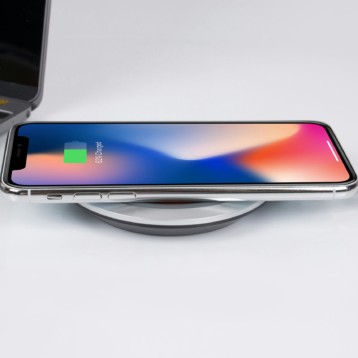|
In a recent conference held by microchip manufacturer Texas Instruments, the co-founder of Ambient Corporation, Michael Callahan, demonstrated the Audeo’s abilities. It seems that after careful training, a person can send nerve signals to his vocal cords, signals which can be ‘picked up’ by the Audeo and relayed wirelessly to a computer. The signals are converted into words, which are spoken by a computerized voice.
Users that might worry about the system voicing inner thoughts can relax. Callahan says that the production of nerve signals for the Audeo requires “a level above thinking”, meaning a conscious effort must be taken. A user must think specifically about voicing his words, or the Audeo will not intercept the signals. The new device has previously been used by handicapped people who were able to control wheelchairs using their thoughts.
The Ambient Corporation explained that one can speak verbally while using the Audeo, since there is a difference between the will to talk silently and the act of talking out loud. This ability could be useful for a person who wishes to make a private, discreet phone call in a public place.
The demonstrated version of Audeo has a limited set of about 150 words and phrases due to the speech recognition software’s limitations. However, until the end of this year, a model with full vocabulary will be available. The newer model will be slower, since users will need to build up what they want to say one phoneme at a time, but it will allow users to say whatever they want.
|
The short term market of this phoneme-based system is mainly people who lost their ability to speak due to neurological diseases, such as Amyotrophic Lateral Sclerosis (ALS), also known as motor neuron disease. However, in the future, other applications for the technology are possible, including special operations covert radio communicators and of course private cell phone calls in crowded or noisy environments.
In 2006, TFOT covered a similar project conducted as part of NASA’s Extension of the Human Senses program. The subvocal speech-recognition research, headed by Dr. Charles Jorgensen, was initially aimed at developing silent communication and speech augmentation in extremely noisy environments such as the space station. TFOT has also covered the Emotion Communicator, a system of flower-shaped terminals that react to one’s emotions as they are expressed in his speech, and the development of Computerized Lip Reading. TFOT also reported on a project aimed at helping the blind in seeing electronic images and the development of mind controlled bionic limbs.












